Eczema Atopic Dermatitis | Symptoms and Causes | LYGOS 2025
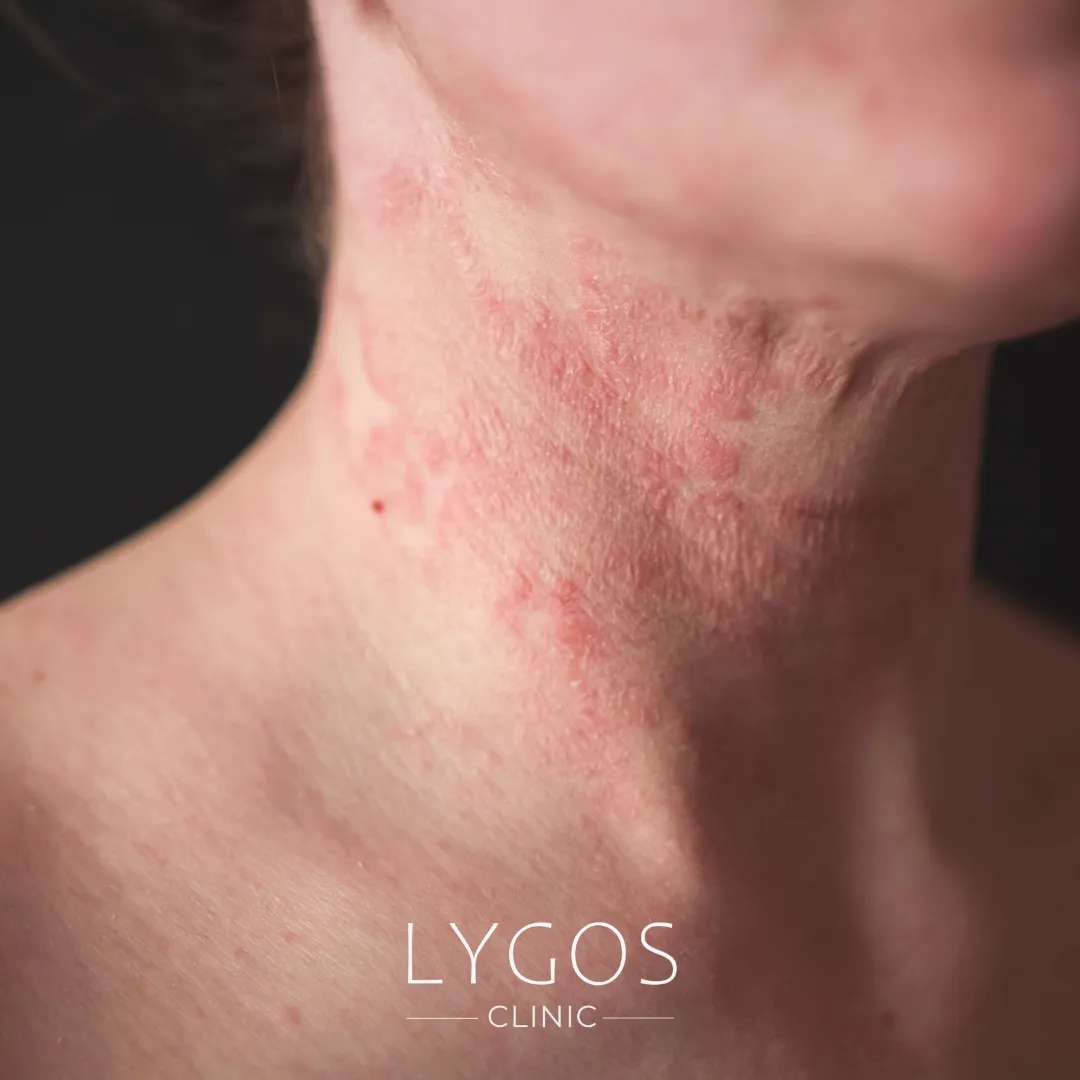
Eczema Atopic Dermatitis
Explore an in-depth guide on eczema atopic dermatitis—from recognizing symptoms and understanding causes to effective treatments for managing this persistent skin condition.
What is Eczema Atopic Dermatitis?
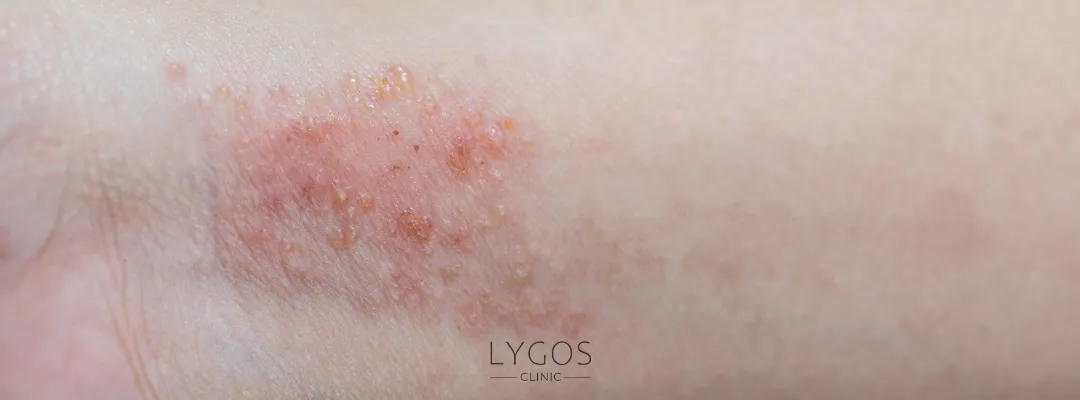
czema atopic dermatitis is a chronic inflammatory skin condition that leads to red, itchy, and irritated skin. Known for its persistent symptoms, this type of eczema is among the most common skin disorders and affects both children and adults. Eczema is a broad category encompassing various types of inflammatory skin conditions, including atopic dermatitis, contact dermatitis, and dyshidrotic eczema.
This condition tends to appear in childhood but can persist into adulthood, impacting quality of life due to its visible and uncomfortable symptoms. Eczema atopic dermatitis is part of what’s known as the “atopic triad,” which includes asthma and hay fever, conditions that often coexist in people with atopic dermatitis. Managing eczema atopic dermatitis involves controlling symptoms and preventing flare-ups since there is currently no permanent cure. Through various treatments, people with this condition can live more comfortably and reduce skin irritation.
Eczema Atopic Dermatitis Symptoms

The symptoms of eczema atopic dermatitis can vary from mild to severe and may change over time. Common symptoms include:
- Intense itching: Often the most challenging symptom, itching can worsen at night, leading to discomfort and sleep disturbances.
- Red or brownish-gray patches: These may develop on different parts of the body, commonly showing up on areas like the elbows, knees, face, and hands.
- Dry, scaly skin: Skin affected by eczema atopic dermatitis often becomes dry, rough, and scaly, especially during flare-ups.
- Swollen, cracked, or oozing skin: In more severe cases, scratching may lead to swelling, cracks, or open sores that ooze and are susceptible to infection.
Symptoms often appear in cycles, with flare-ups followed by periods when the skin looks clear or less irritated. For many, managing these symptoms effectively is essential to prevent infection and discomfort from worsening.
Eczema Atopic Dermatitis Causes
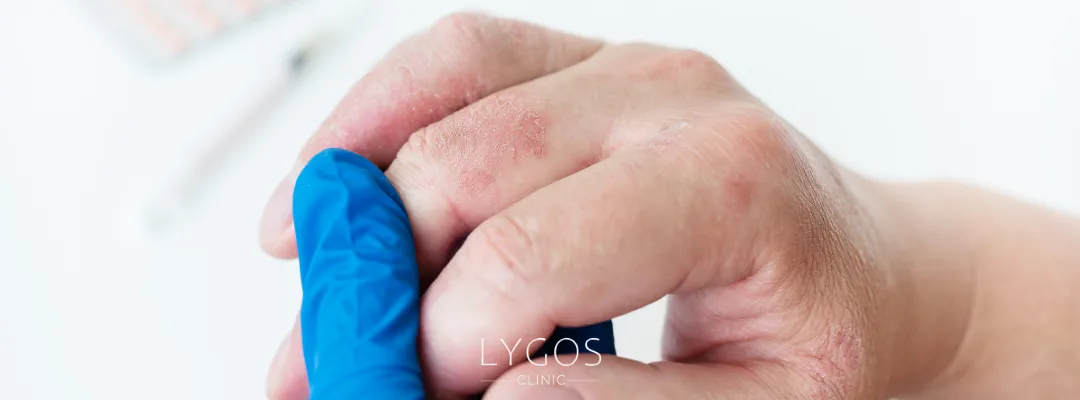
The exact cause of eczema atopic dermatitis remains unknown, but it likely results from a mix of genetic and environmental factors. The immune system plays a crucial role in its development, as it tends to overreact to certain triggers. When the immune system reacts to certain triggers, it can cause inflammation in the skin, leading to the symptoms of eczema atopic dermatitis. Key factors contributing to this condition include:
- Genetic Predisposition: People with a family history of eczema, asthma, or hay fever have a higher risk of developing atopic dermatitis.
- Environmental triggers: Various irritants, including pollen, dust mites, pet dander, and specific fabrics, can provoke flare-ups.
- Climate and weather changes: Cold, dry weather can strip moisture from the skin, increasing the risk of itching and irritation.
- Stress: Stress can exacerbate symptoms, making flare-ups more frequent or intense.
- Imbalance in skin’s microbiome: A disruption in the balance of microorganisms on the skin can contribute to flare-ups and skin inflammation.
Understanding these causes helps individuals identify triggers and avoid them, which can be a crucial step in managing eczema atopic dermatitis.
Eczema Atopic Dermatitis on the Face
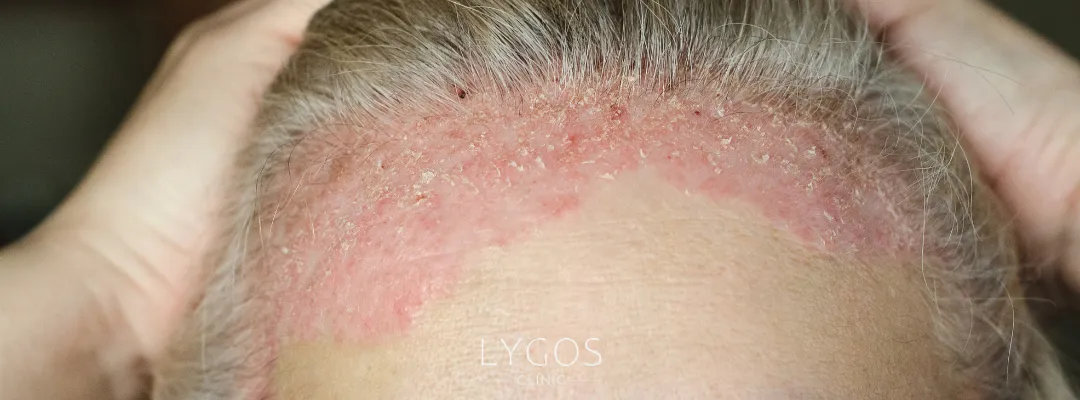
When eczema atopic dermatitis appears on the face, it can be especially uncomfortable and challenging to treat due to the delicate skin in this area. Common areas on the face affected by eczema include the cheeks, eyelids, and around the mouth. Symptoms on the face may include:
- Redness and dryness around the eyes, cheeks, and mouth.
- Swelling and irritation that may interfere with day-to-day activities.
- Increased sensitivity to skincare and cosmetic products.
Treating eczema atopic dermatitis on the face requires gentle products, often including moisturizers and non-steroidal topical medications. Avoiding harsh products and applying emollients regularly can help reduce symptoms and soothe sensitive facial skin.
What’s the Difference Between Atopic Dermatitis and Eczema?
The terms “eczema” and “atopic dermatitis” are often used interchangeably, but there is a subtle distinction. Eczema is a broad term used to describe various types of inflammatory skin conditions, including atopic dermatitis, contact dermatitis, and dyshidrotic eczema. Atopic dermatitis, on the other hand, is a specific type of eczema and is one of the most common forms.
So, while all cases of atopic dermatitis are a form of eczema, not all eczema is classified as atopic dermatitis. Atopic dermatitis is often linked to genetic and immune system factors, while other types of eczema may be triggered by allergens, irritants, or environmental factors.
Does Eczema Atopic Dermatitis Worsen with Age?
In some cases, eczema atopic dermatitis may improve as individuals get older, particularly if it started in childhood. For others, however, it may persist into adulthood, with symptoms that continue or even worsen over time. Aging can cause natural changes in skin thickness and moisture levels, potentially leading to drier skin and more frequent flare-ups.
In some cases, older adults may develop new sensitivities to triggers, leading to adult-onset eczema. Stress, lifestyle changes, and environmental factors can also contribute to flare-ups later in life, underscoring the importance of long-term management.
Eczema Atopic Dermatitis Treatments
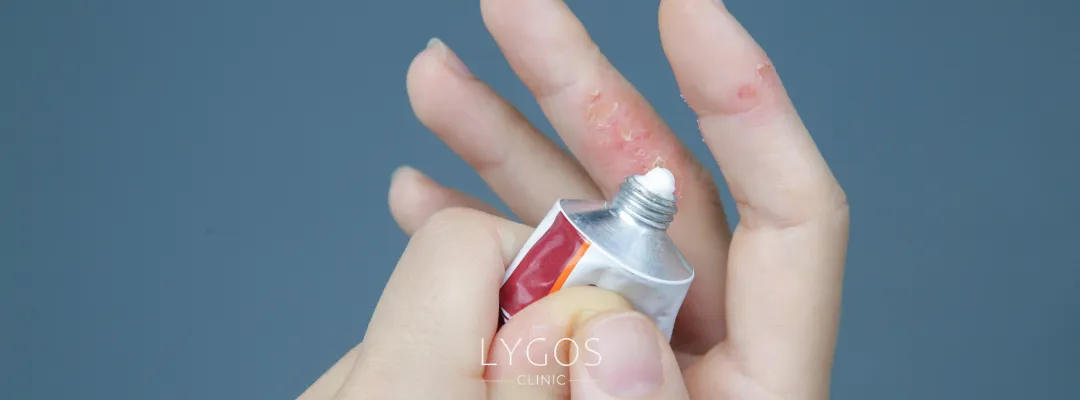
Treating eczema atopic dermatitis focuses on managing symptoms, preventing flare-ups, and keeping the skin hydrated. Here are some commonly recommended treatments:
Moisturizers and Emollients: Daily application of moisturizers is essential for keeping the skin hydrated and preventing dryness. Emollients create a barrier that locks in moisture, which helps alleviate itching and discomfort.
Topical Corticosteroids: Corticosteroid creams or ointments are often prescribed to decrease inflammation and relieve itching during flare-ups. Commonly prescribed to reduce inflammation and relieve itching, these creams should be used under medical supervision due to potential side effects, like skin thinning with prolonged use.
Topical Calcineurin Inhibitors: These non-steroidal treatments help reduce inflammation and are commonly used on sensitive areas like the face and eyelids, where steroid creams might be too strong.
Antihistamines: Oral antihistamines are useful for controlling itching, particularly at night, to help improve sleep. Recognizing and avoiding triggers is essential for effectively managing eczema atopic dermatitis. These medications may also promote better sleep by reducing itchiness.
Lifestyle Modifications and Trigger Avoidance: Recognizing and avoiding triggers is crucial for effectively managing eczema atopic dermatitis. This may include switching to fragrance-free products, avoiding irritant fabrics, and minimizing exposure to environmental allergens.
Wet Wrap Therapy: This method involves applying moisturizer, then wrapping the affected area in a damp layer, followed by a dry layer on top. Wet wrap therapy can provide relief and help heal stubborn patches of inflamed skin.
Phototherapy: For severe cases of eczema atopic dermatitis, light therapy (phototherapy) may be used to help reduce symptoms. This treatment uses controlled exposure to natural or artificial light, helping to reduce inflammation and soothe itching.
While there is no cure for eczema atopic dermatitis, these treatments can significantly improve the quality of life for those affected, reducing symptoms and flare-ups. Furthermore, consulting a healthcare professional can help customize treatments to meet individual needs, leading to the best possible outcomes.
You can click on the link to follow our social media content.



